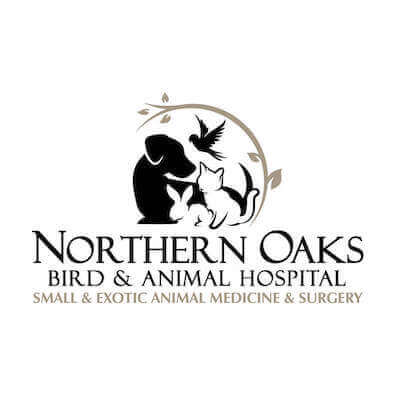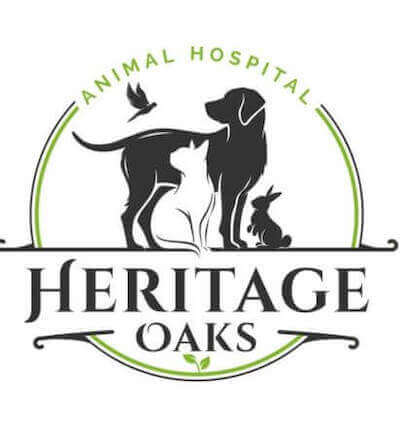If you've ever spent time in a veterinary hospital, watching the hustle and bustle as dozens of staff work examining animals, taking calls, and answering pet owner questions, you've probably wondered about how veterinary teams operate, asking questions like, "What do veterinarians do beyond the doors of the waiting room?" or "How many hours do veterinary technicians work during the day?"
When most pet lovers envision what a day in the life of a veterinarian or veterinary technician looks like, they probably imagine endless kisses and purrs from adorable puppies and kittens, amazing exotic pet visits with all kinds of birds, reptiles, and rabbits, and a day of pure joy.
While everyone enters this profession because of their desire to help animals, it is actually filled with both incredible and surprising highs but also unimaginable lows from time to time as the variety of each day brings different challenges. Follow us through a typical day in the life of a veterinarian and veterinary support staff, and learn about what goes on in our clinic during the day!
What Do Veterinarians Do Hour by Hour? A Behind-the-Scenes Look at Our Daily Operations
7:00 a.m.
The early shift arrives for kennel cleaning and patient drop-offs for day hospitalization. Hardworking veterinary assistants walk hospitalized pets, change litter, feed and change water for everyone, and medicate any pets requiring assistance.
Client Care Specialists get to work by telephone, remote connections, and in person to start receiving scheduled surgical patients and drop-offs to be worked in for the day. They ensure all prior records are in the patient's medical history, all requirements for safety are met, and all necessary procedures are recorded and visible to the team.
7:45 - 8:00 a.m.
Veterinary technicians arrive and obtain vitals (temp, pulse, resp, weight) with veterinary assistants, place IV catheters, and calculate necessary presurgical medications for surgery patients.
8:00 - 8:30 a.m.
Veterinarians arrive. They split into different tracks. One will perform scheduled surgeries all morning and immediately begins all presurgical examinations and reviews presurgical labwork with a set of assistants and a veterinary technician.
The other veterinarians examine scheduled appointments for both wellness and sick pets with veterinary assistants. In between scheduled appointments, they also examine and determine appropriate testing and treatment steps for urgent drop-off/work-in appointments. Sick pets on the appointment schedule may be asked to remain in house for a bit to perform testing if it takes a long time, or it may occur during the appointment time. Testing could include lab work, skin tests, eye testing, or X-rays.
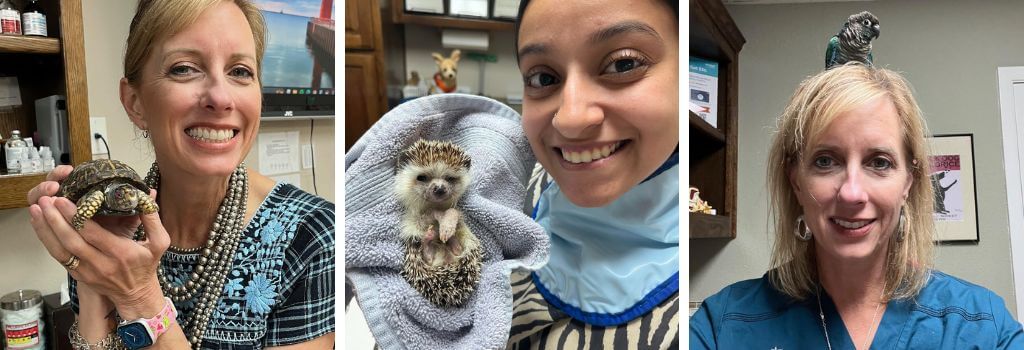
Client Care Specialists and Veterinary Assistants orchestrate and manage the schedule to help maintain the flow and hope all of those clients with appointments for the day arrive on time.
8:30 a.m. - 12:00 p.m.
Appointments and surgeries continue simultaneously throughout the morning. Urgent walk-ins and drop-offs continue to be examined and assessed by members of the team. Photos of new patients, especially new puppies, kittens, and bunnies, are obtained!
Emergencies also arrive throughout the day and are worked in as they can be. Some pets brought in for appointments are well, and some are very ill, necessitating further testing and treatment.
During this time, technicians and doctors call clients with pending lab work and other test results throughout the day. Some clients are amazing. Some become snappish due to fear about their pet and the anxiety surrounding it. Most express budget stress.
12:00 - 3:00 p.m.
This is serious assessment time. Surgeries are completed, and the surgery doctor has a tremendous amount of care and record-keeping to perform. The other doctors also assess test results from the morning and work up emergencies.
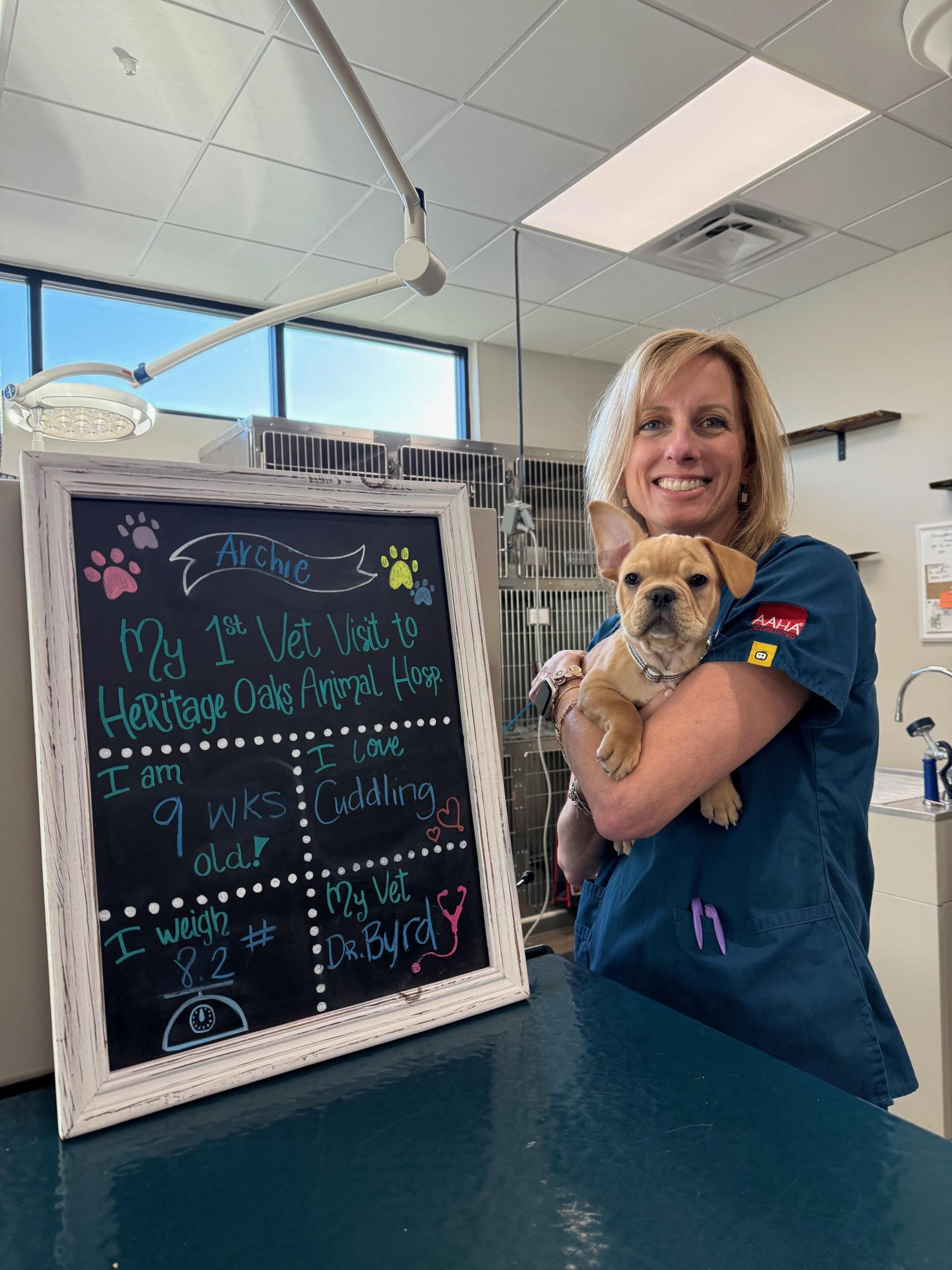
Intermixed with some morning annual vaccine appointments and adorable puppies, this is time set aside to also decide what will happen with the rabbit that may have presented in the morning with gastric stasis, the dog with hemorrhagic diarrhea, the cat with respiratory distress or the bird in liver failure. Calls are made to specialists for consultations, labwork is submitted, imaging is performed, results are analyzed, and treatments are initiated. Sadly, sometimes conditions are not treatable, and these devastate everyone involved. More often, everything falls into place, pets are recovered, and hugs and kisses freely flow among patients and staff.
Client communications also occur throughout the day to relay these processes and ensure collaborative decision-making. Adjustments to treatment plans are made as necessary to work with budgets.
Still, with little downtime, our staff works to try to rotate lunch, and veterinary assistants walk pets, clean runs and kennels, refill water, and reset the hospital back into its pristine morning state by mopping and vacuuming before afternoon appointments begin.
3:00 p.m.
Scheduled afternoon appointments begin for all doctors to examine sick and well pets.
3:00 - 6:00 p.m.
Appointments arrive according to schedule for all doctors and pets are examined throughout the afternoon and early evening. More non-scheduled emergencies may arrive. Assistant and technical staff continue to monitor any hospitalized and post-operative patients.
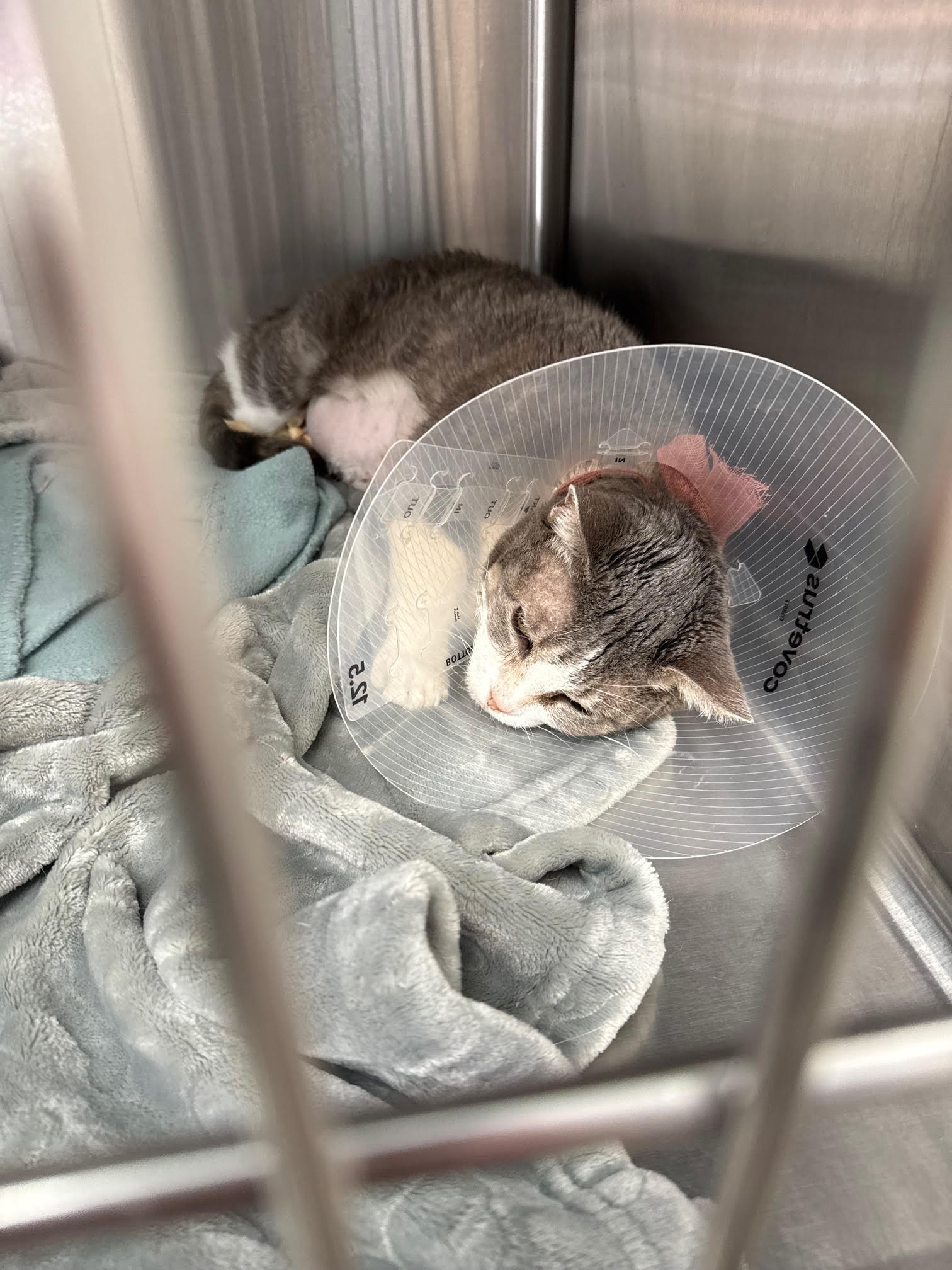
Technician appointments arrive for blood draws, laser therapy, nail trims and cystocentesis.
Client euthanasia is provided as soon as requested, if able, to avoid these special patients having to suffer, so these may also be worked into the schedule. Technicians and doctors call clients from pending lab work and tests throughout the day. Most clients are pleasant and friendly, and that helps us love what we do with their special friends.
4:00 - 6:30 p.m.
Day surgery clients arrive for discharge appointments. Each surgical patient is individually discharged by the surgical technician with personalized instructions.
6:00 - 7:30 p.m.
Assistant and technician staff feed, medicate, and walk all hospitalized pets, then hug them all over. Client Care Specialists make reminder calls for the following day, send links for text reminders, and prepare intake paperwork for the following day.
The surgical technician prepares for the following day's surgeries and calls those clients to discuss presurgical preparations. Doctors review all cases for the day, complete medical records, relay any outstanding results, and perform the necessary research. A video camera is set up to connect to an app the doctors monitor for overnight hospitalized patients.
7:30 - 8:00 p.m.
The last doctor says goodbye to all the patients staying, leaves, and locks the door, ready to start over the following day!
Wrapping Up a Day in the Life of a Veterinarian & Veterinary Support Staff
While the hours are long and the schedules often jampacked, working in a veterinary hospital is a both challenging and deeply rewarding experience. Our teams at Northern Oaks Bird and Animal Hospital and Heritage Oaks Animal Hospital are completely dedicated to giving all of our patients – no matter the size or species – the best care possible, and seeing our patients improve, recover, and lead long, healthy lives makes every minute spent in the clinic so worth while.
If you have questions and you'd like to reach out to us, you can call us directly at (210) 496-1315, or you can email us at [email protected]. Don't forget to follow us on social media Facebook, Instagram.
